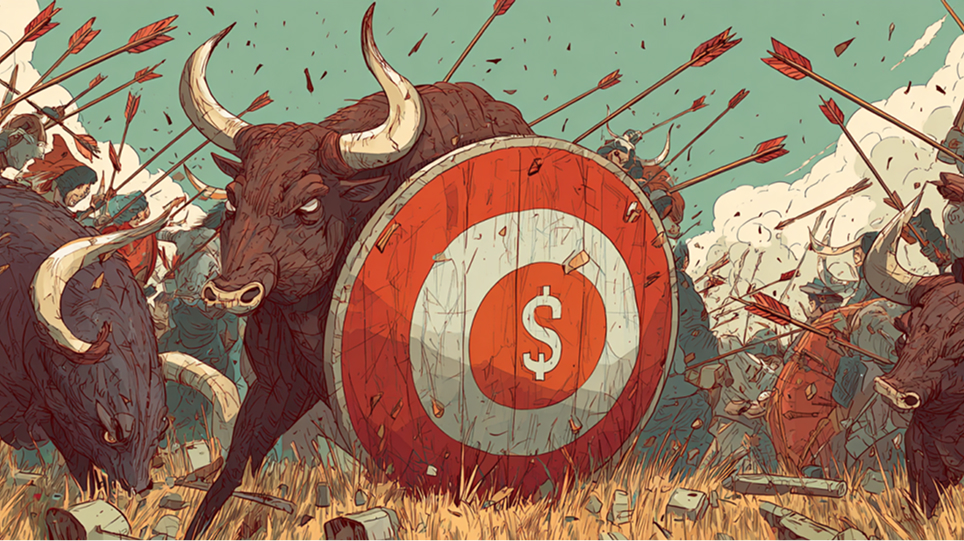Amazon founder and Goldman Sachs CEO have warned that Wall Street’s artificial intelligence boom is showing signs of a bubble. Both leaders spoke today at the Italian Techweek, warning investors to be cautious of the rapid rise in AI-related investments.
Goldman Sachs CEO David Solomon said the rally in technology stocks could mirror previous market bubbles. Solomon said a market correction of around 20% would not be surprising given the speed of gains driven by AI enthusiasm while speaking at the Italian Tech Week. Solomon also touched upon broader economic and financial themes, highlighting the need for more efficient channeling of European savings into the “risk economy” and the tech ecosystem, while criticizing the slow pace of European regulatory processes.
Bezos says the AI bubble is real, but so is the underlying technology
Amazon founder Jeff Bezos, also present at the Italian Tech Week event, echoed Goldman Sachs’ CEO’s remarks, saying that investor excitement towards the AI boom is fueling a wave of indiscriminate funding.
Bezos added that while the hype cycle inflates valuations, the underlying technology remains real and will ultimately improve industry productivity.
Despite the warnings, equity markets continue to thrive. This week, the S&P 500 reached a new record high of 6,749, driven by strong performances from Nvidia, Palantir, and Amazon stocks. NVIDIA’s stock has gained 4.39% over the past week, while Palantir dipped by a mere 0.43% throughout the week, largely fueled by today’s 4.39% drop. At the time of publication, Amazon advanced 0.87% over the past week.
With U.S. government data releases delayed due to a federal shutdown, ING analysts noted that traders shifted their attention to megacap tech stocks, resulting in lower volatility across broader markets.
The rally has been supported by heavy capital expenditure from technology companies. Wedbush analyst Dan Ives estimates that U.S. Big Tech firms will spend nearly $350 billion this year to build AI infrastructure. Saudi Arabia and the United Arab Emirates are investing heavily, collaborating with U.S. hyperscalers and Nvidia to build large-scale AI data centers.
Goldman Sachs, a global U.S. investment bank, Credit Strategist Lotfi Karoui revealed that AI-linked firms have issued $141 billion in corporate debts so far in 2025, which is much higher than last year’s total. He noted that the growing reliance on debt could affect the overall credit quality, though large technology firms still generate strong cash flows and carry relatively low leverage. Several heavily indebted firms in other sectors, including First Brands and Tricolor, have filed for bankruptcy this year.
Fiscal stimulus could weigh heavily in financial markets
Some of the world’s most prominent asset managers are looking to government-driven spending as a long-term buffer against the uncertainties in the AI market. UBS Global Wealth Management Chief Investment Officer Mark Haefele said the firm is aligning investment strategies with fiscal priorities, including power, resources, healthcare, and defense as key sectors set to benefit from large-scale state spending.
The Trump administration’s July spending bill extended the earlier tax cuts while expanding defense and border control budgets. It also adjusted healthcare expenditures, which added trillions to the government debt. In Europe, Germany announced a €500 billion infrastructure fund exempted from its debt break, while NATO members pledged to lift defense spending to 3.5% of GDP.
According to Antonio Cavarero, head of investments at Generali Asset Management, Fiscal stimulus is always a significant element of the performance of the financial markets. He said these commitments were larger and more enduring than those in previous cycles and would continue to shape investment flows.
Nuveen CIO Saira Malik said equity gains are expected to broaden beyond U.S. technology stocks into sectors such as infrastructure, utilities, and waste management, which she described as resilient and effective hedges against inflation.
Join a premium crypto trading community free for 30 days – normally $100/mo.
Source: https://www.cryptopolitan.com/goldman-sachs-warns-of-ai-bubble/


